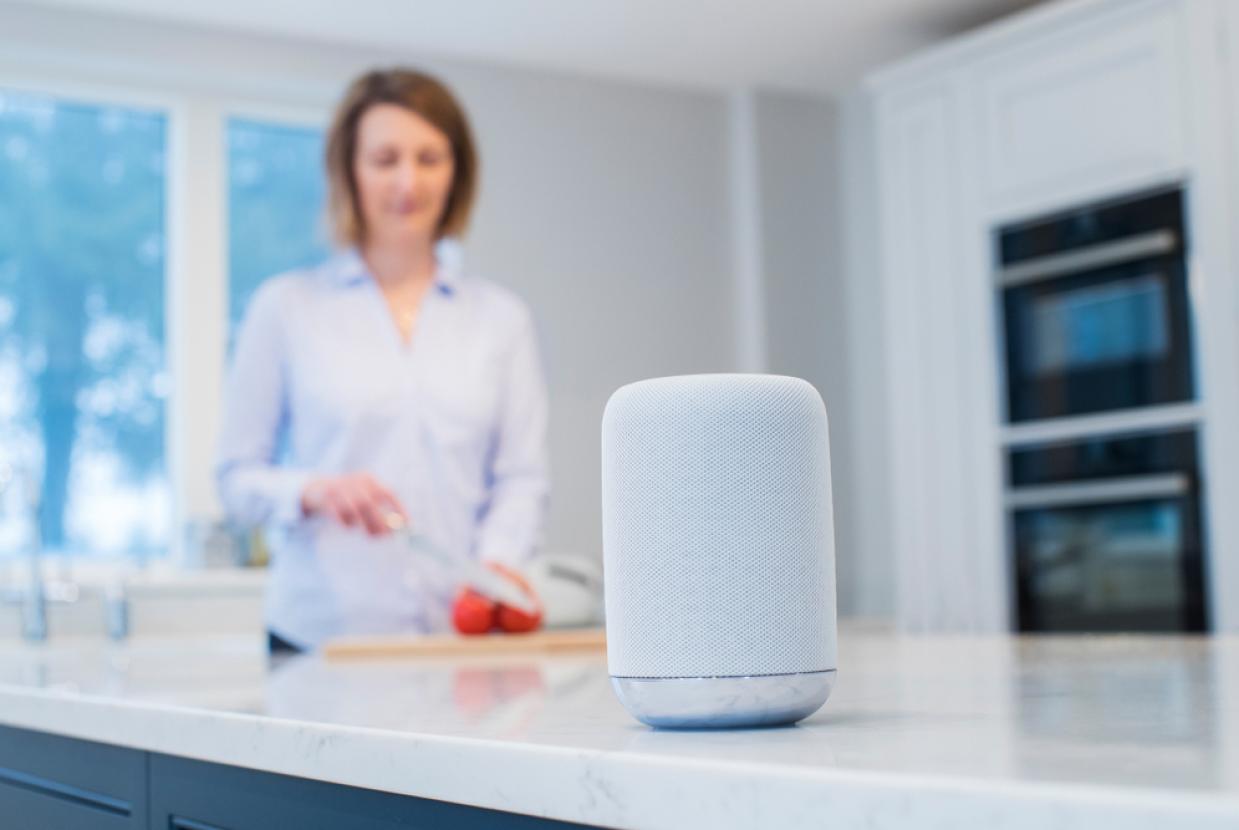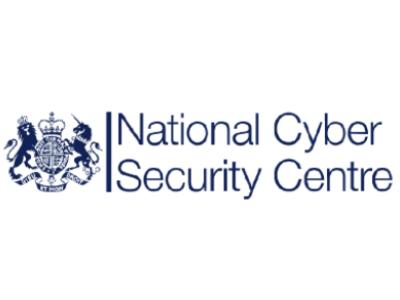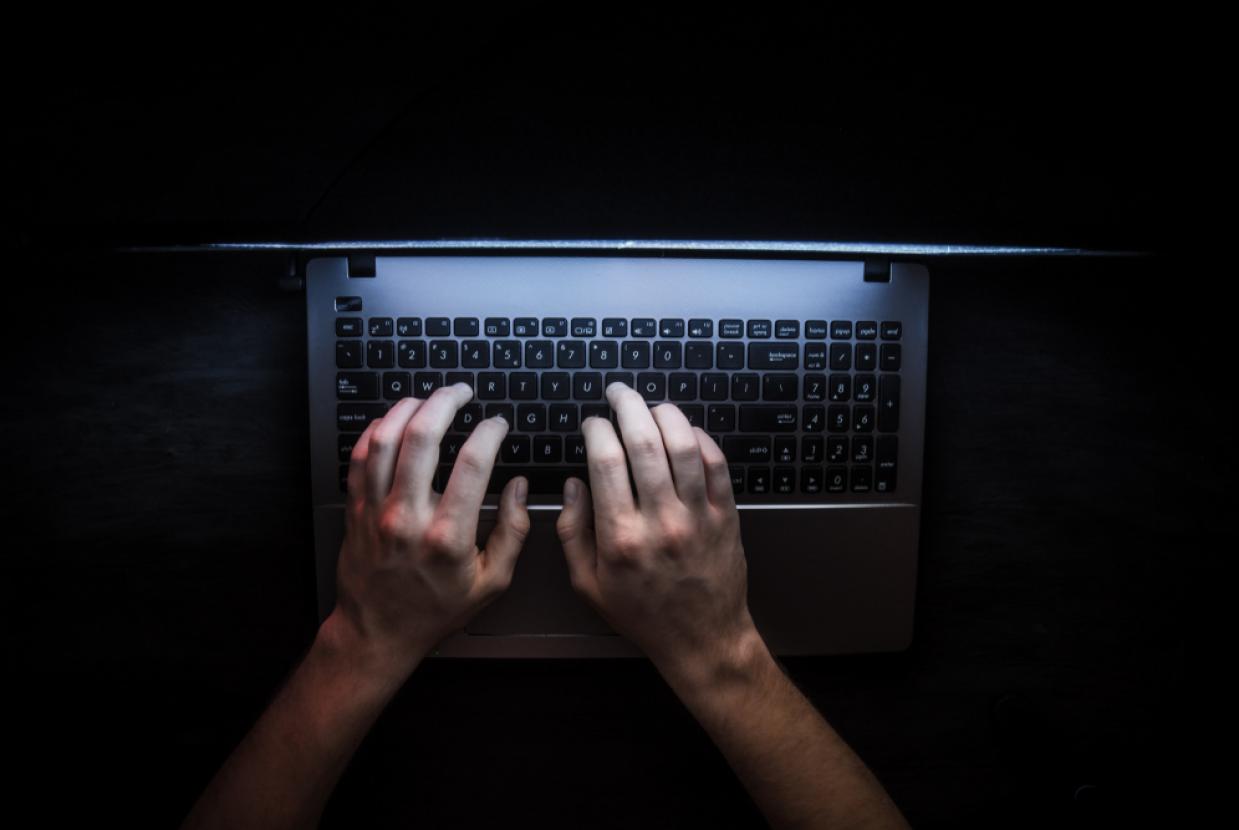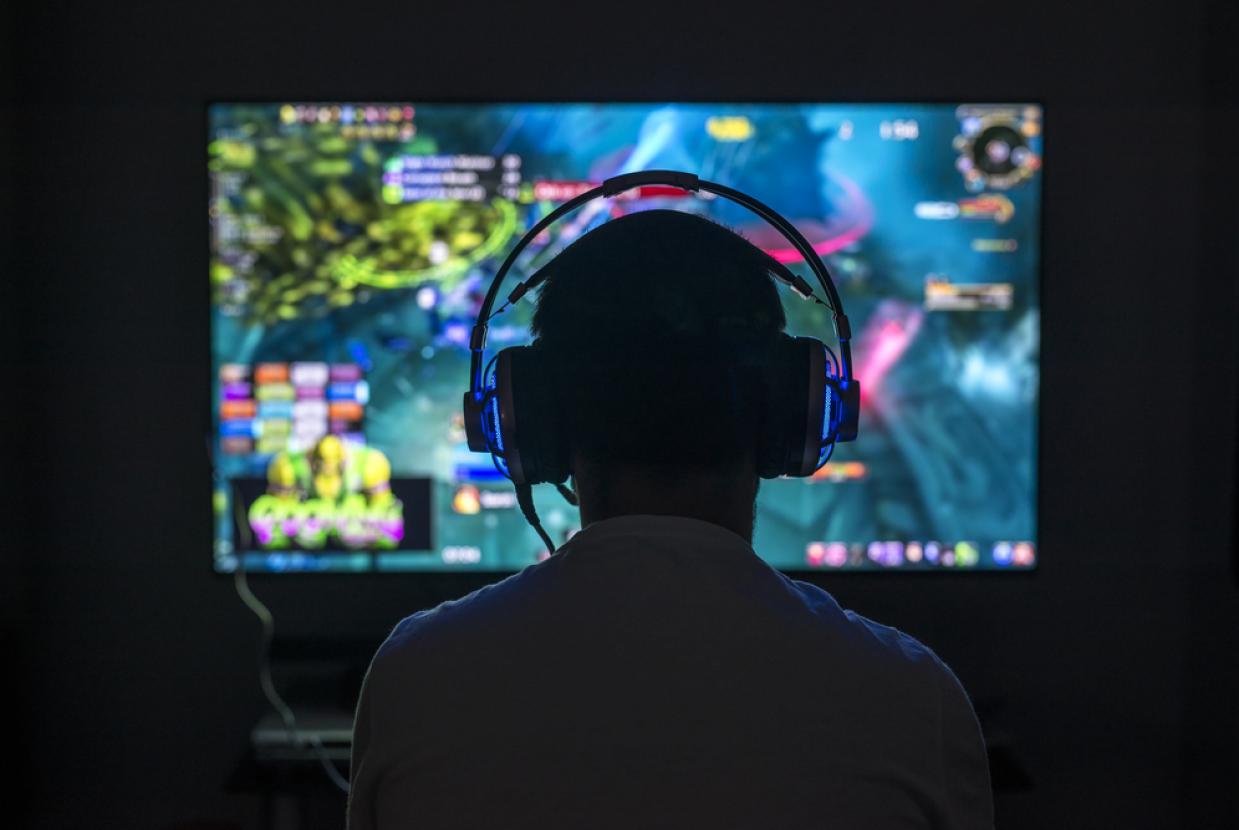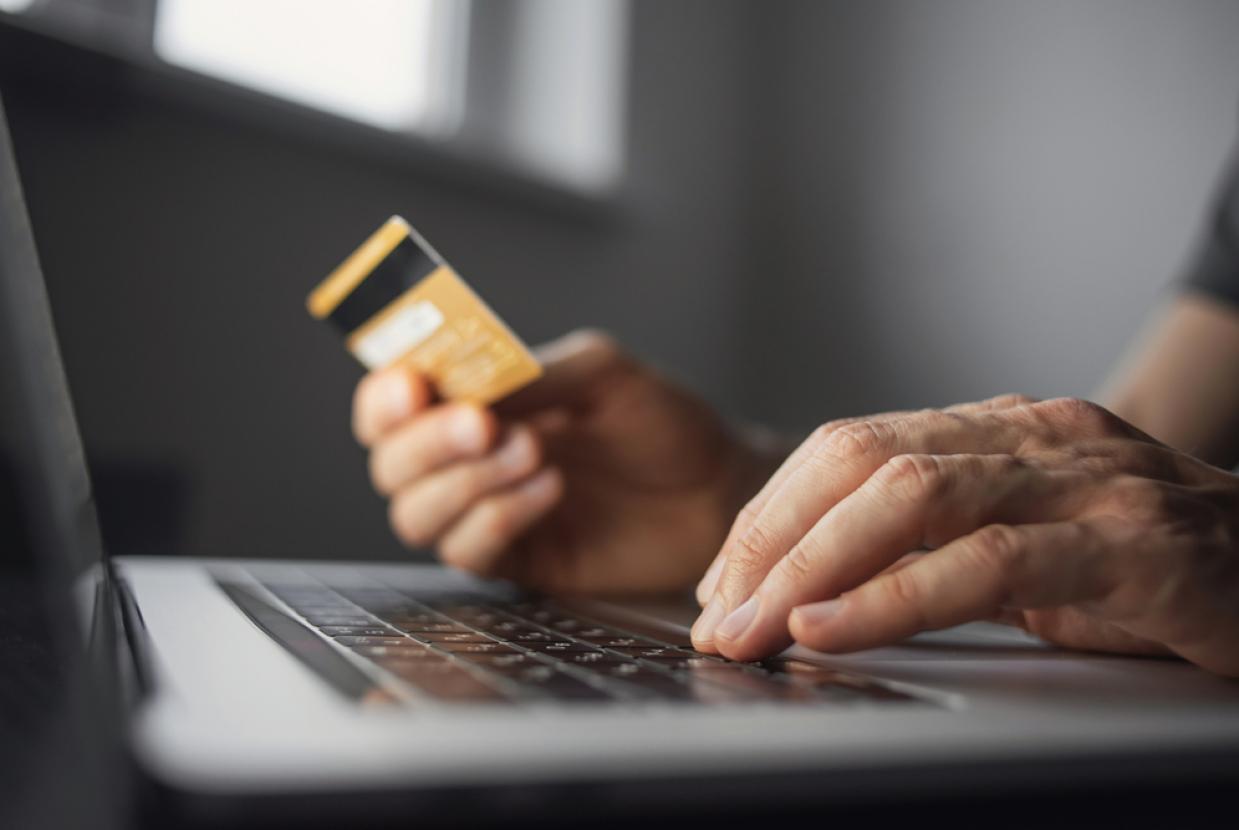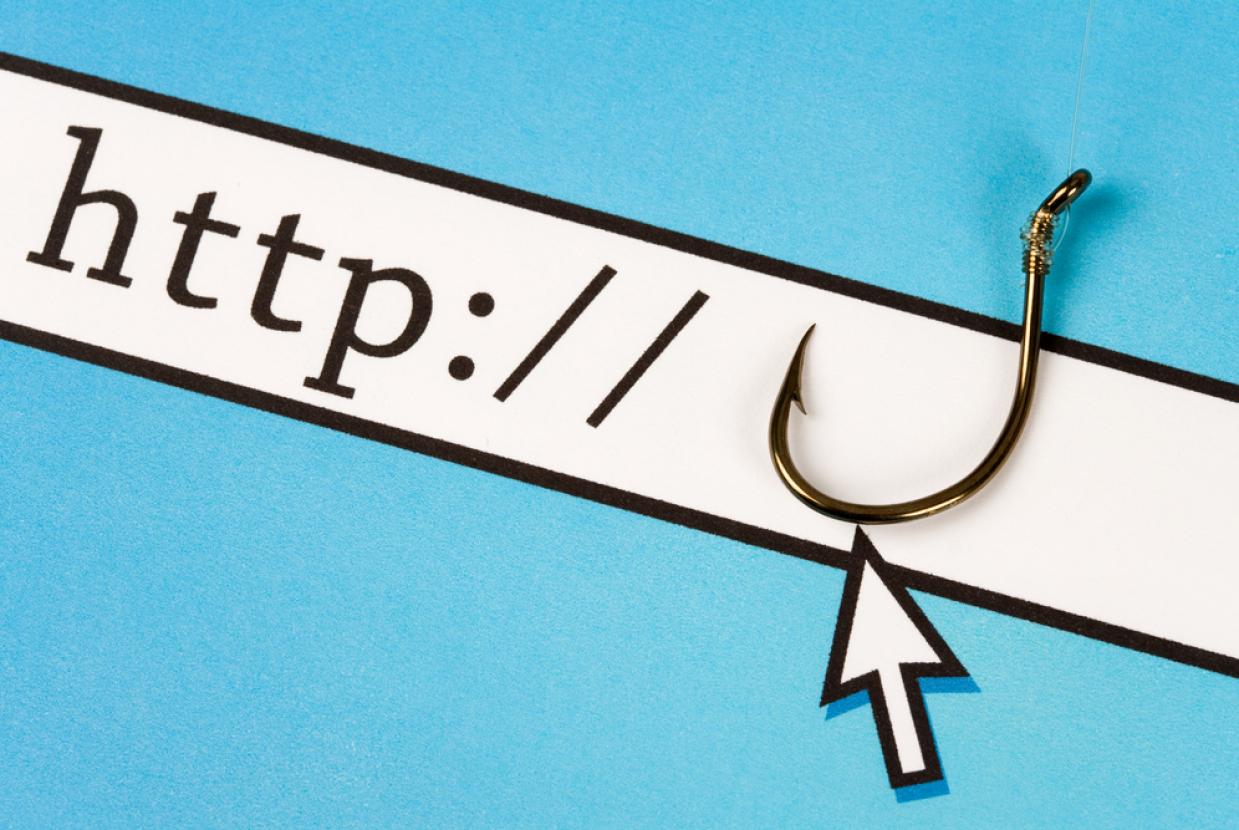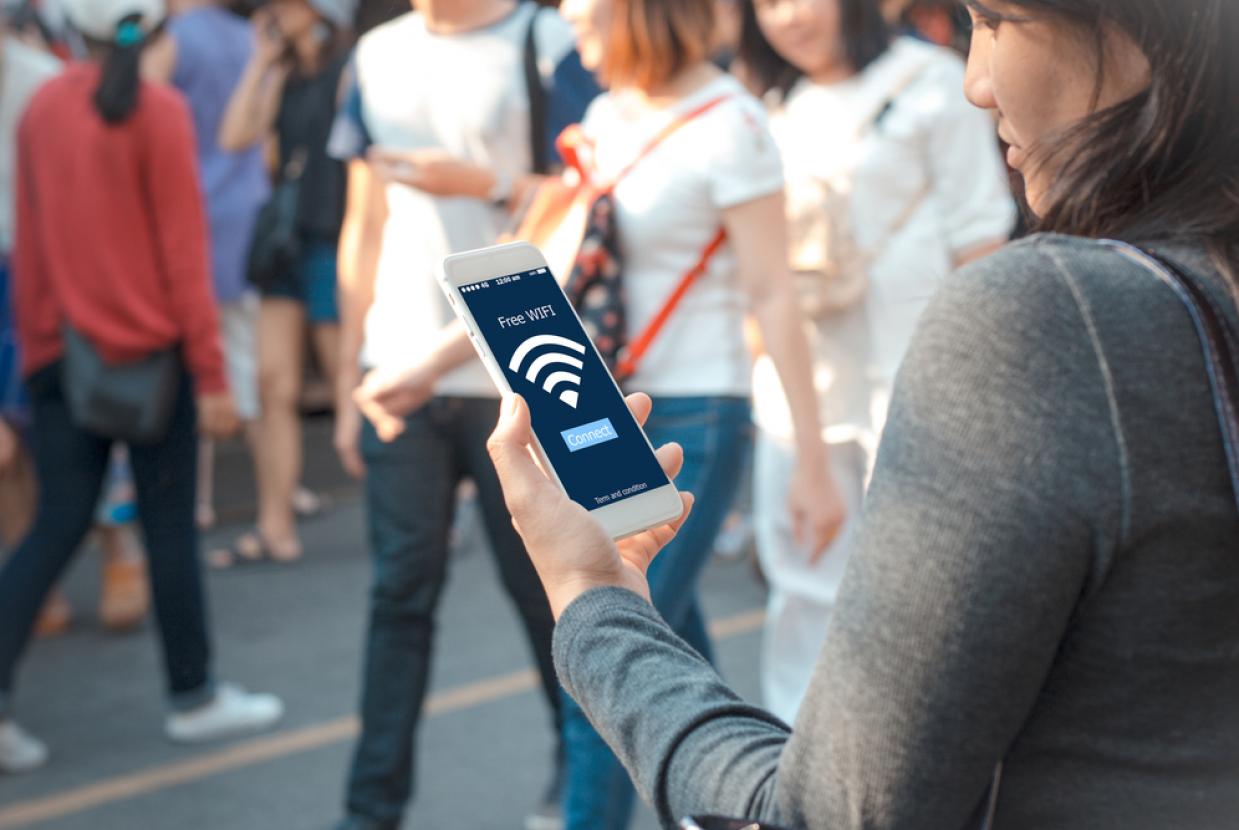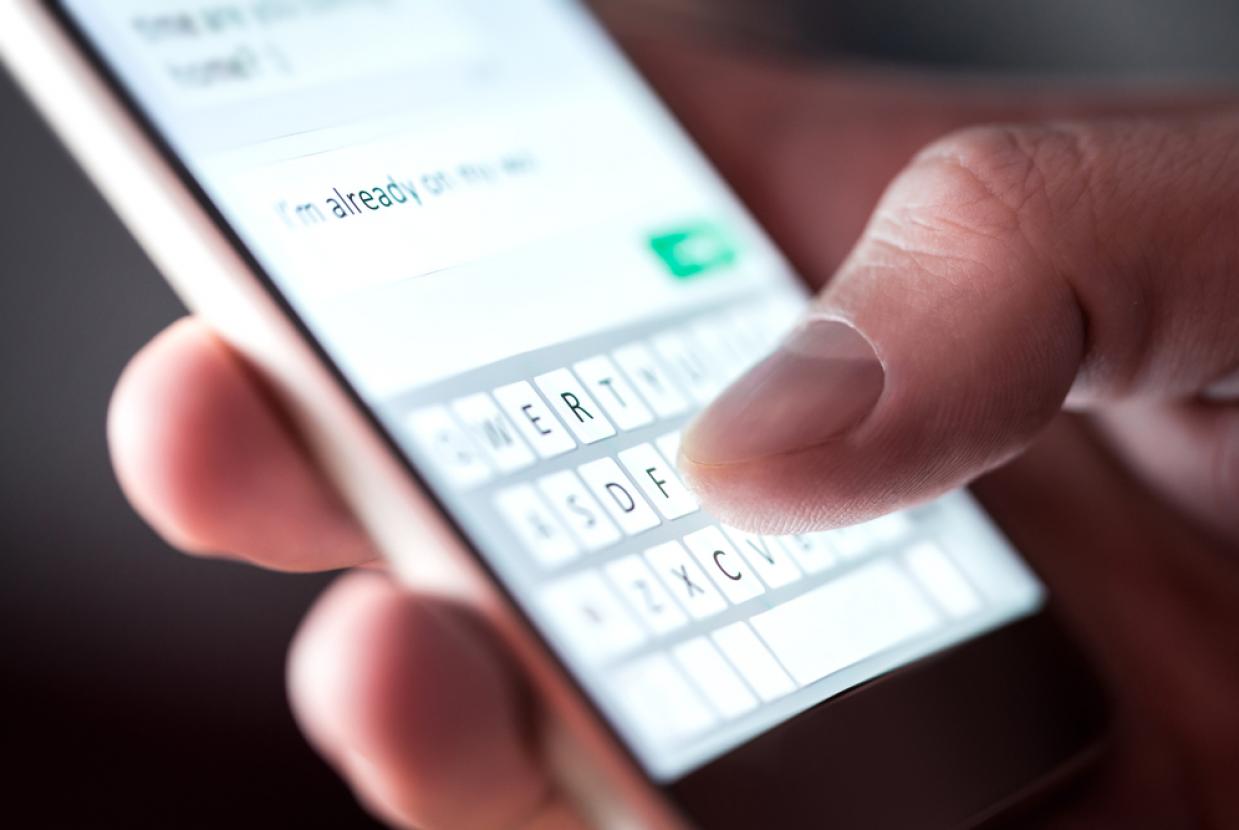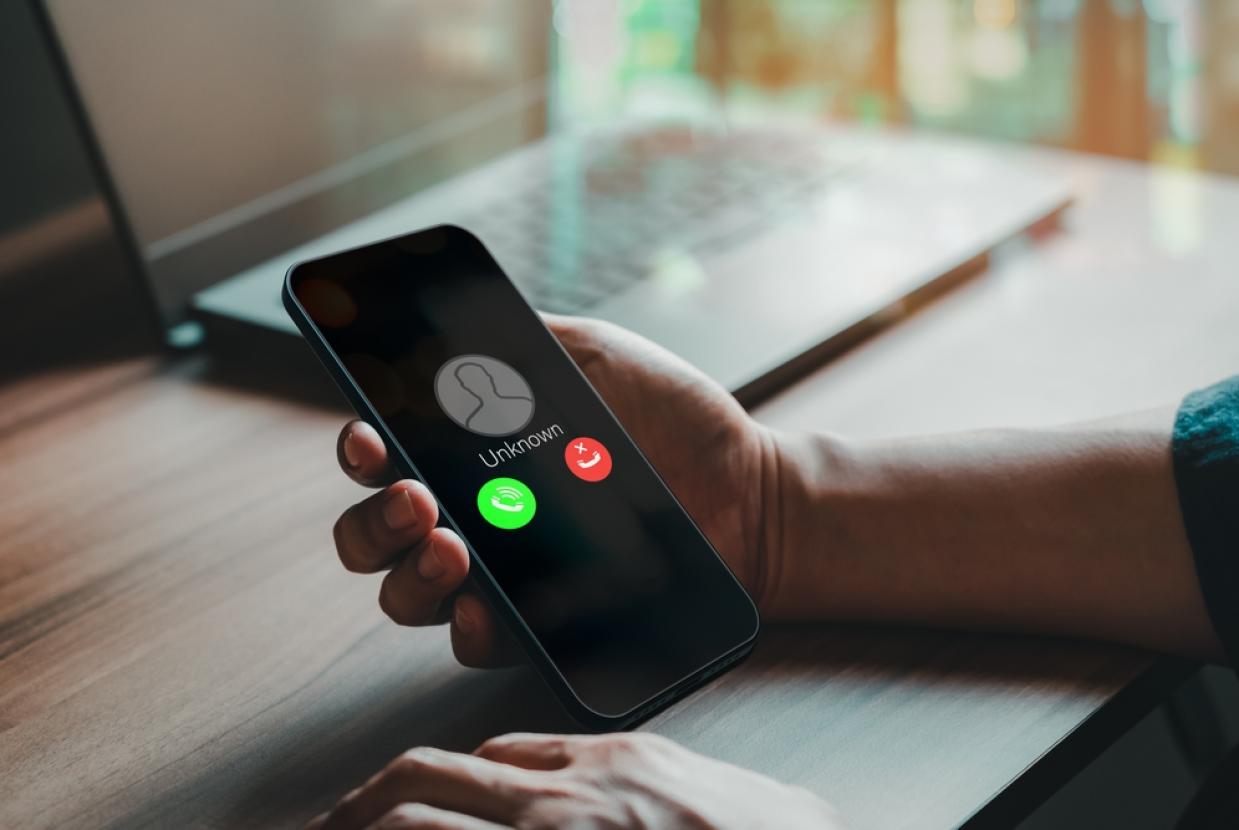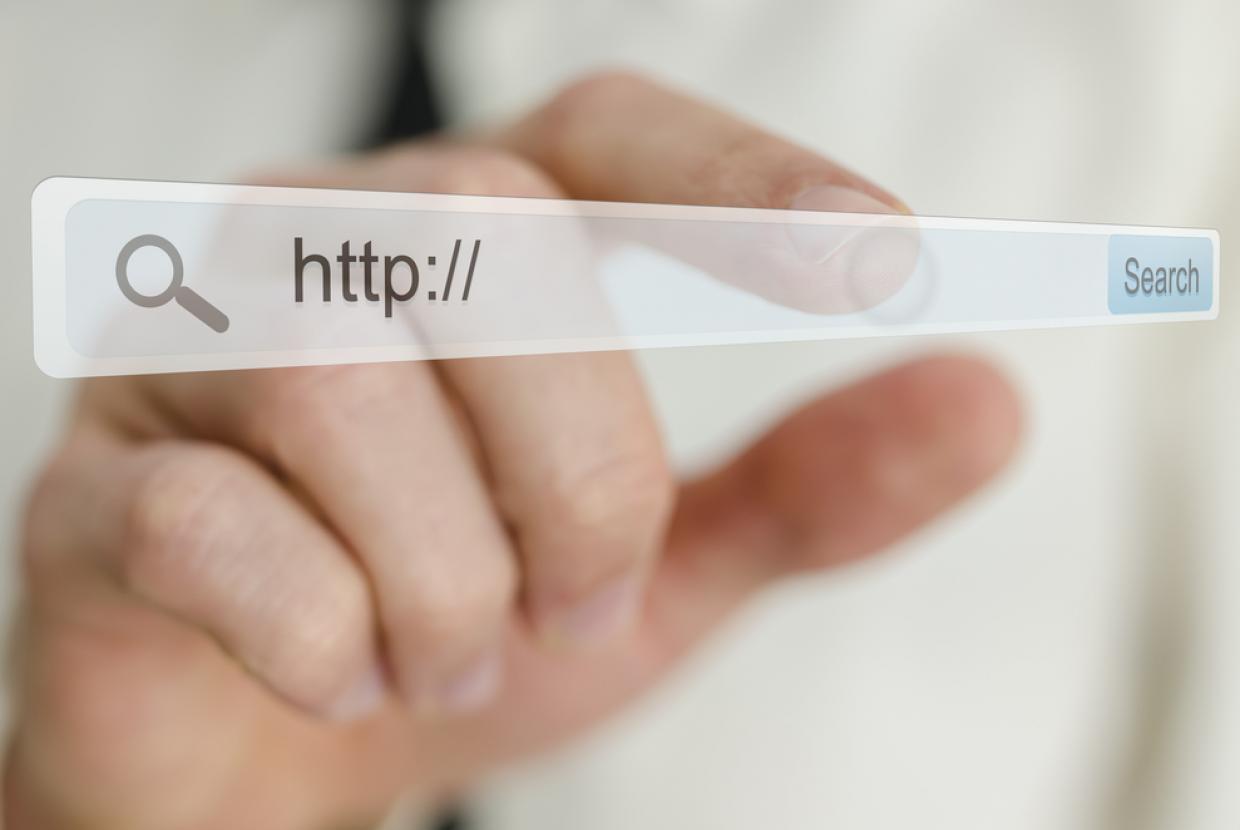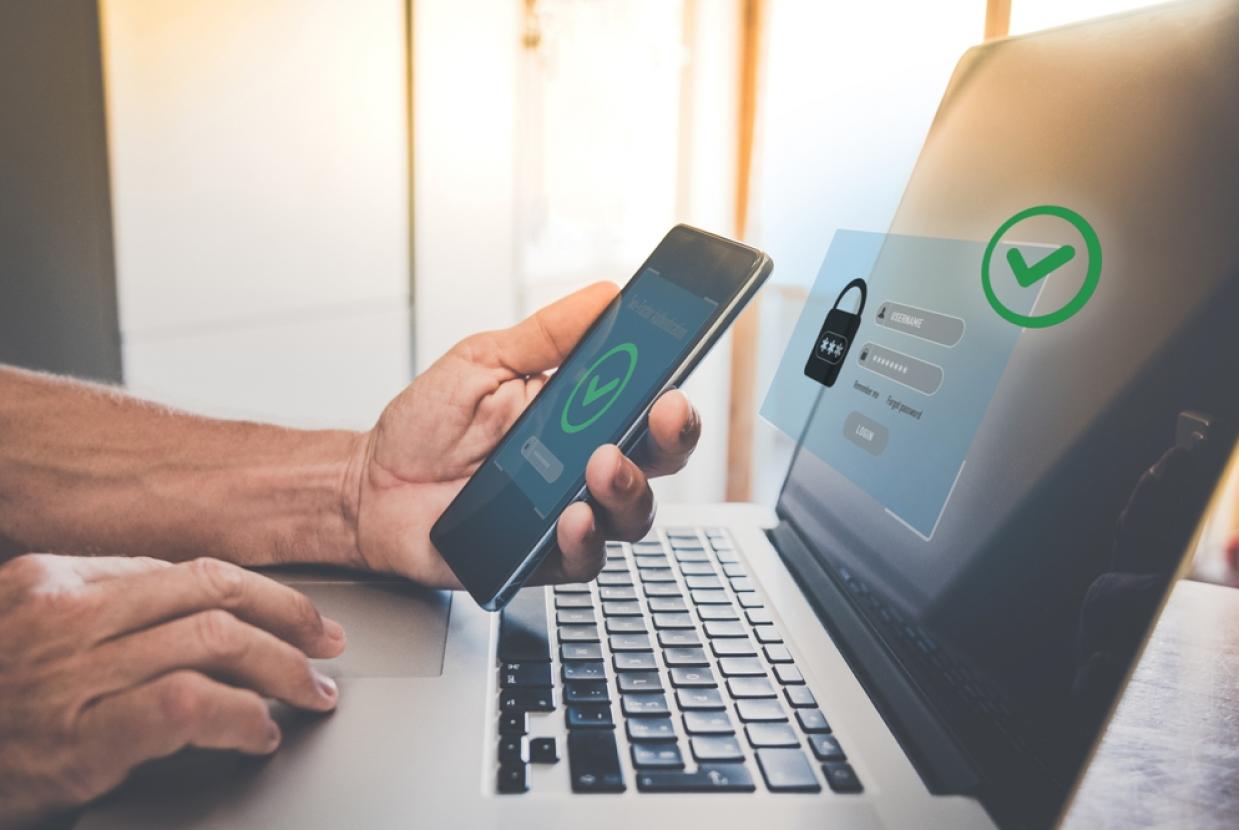Smart Devices: Using Them Safely In Your Home
Smart devices are electrical items that connect to the internet (or to your home network), usually via wifi. They include 'hi-tech' devices (think smart speakers, fitness trackers and security cameras) and also standard household items (such as fridges, thermostats, kettles and washing machines).
Unlike conventional electrical items, you can't just switch on a smart device and forget it; you'll need to check a few things before you start using it.
What is the risk from using Smart Devices?
You’re probably used to keeping your phones, laptops or PCs up to date, so they’re safe to use.
Similarly, manufacturers of smart devices need to release updates that fix bugs or security issues in their products which - if ignored - could put your data or privacy at risk. Without these fixes, your device becomes easier to hack.
Your device is not secure if a criminal can guess the password used to access your smart device. This would allow them to log into your device, and use it to access your network, or to conduct cyber attacks.
Choosing your device
Before you buy a smart device, check reviews of the product and the manufacturer. You should also check the minimum requirements needed to use and manage the device. You will almost certainly need:
an internet connection
a smartphone/tablet
to install an app (or create an online account) to manage the device
You don't need to buy the latest (or most expensive) smart device in order to be secure but, if possible, avoid buying devices that are no longer supported by the manufacturer, or whose support period will end soon. When out of support, smart devices are easier to hack, or may stop working altogether. Think of the support date as a ‘use by’ date for your device, so you’ll know how long it’s still safe to use.
Check the default settings
Some devices might not be secure when they are first switched on, so you'll need to take some quick steps to protect yourself.
- You should be asked to create a password for your smart device when you first set it up. If the device comes with a default password, change it.
- Easily guessable passwords can be discovered by cyber criminals, so make sure you create a secure one, for example by combining three random words.
- If the device or app offers 2-step verification (2SV), turn it on. 2SV (which is sometimes called multi-factor authentication or MFA) provides a way of 'double checking' that you really are the person you are claiming to be, and makes it much harder for criminals to access your devices, even if they know your password.
- If you don’t need to access your smart device when you’re away from your home wifi, then switch off the ‘remote access’ functionality.
Keeping your device updated
Installing software updates promptly helps keep your devices secure. This will also often add new features, and keeps your device working as it should. For each of your smart devices, you should:
- switch on the option to install automatic updates (if available)
- install any manual updates when prompted
If something goes wrong
If your device is not working properly, or if you’re worried it might be affected by a cyber incident (like the ones described above), visit the manufacturer's website to see if there's information available on what steps to take.
If you think someone has taken control of a device in your home, you should reset it using instructions from the manufacturer's website - the NCSC have also produced guidance to help you do this.
Getting rid of your device
If you decide to sell, or give your device to someone else, you should first perform a factory reset. This will return the device to its original settings, and should also remove all your personal data from the device. Check your manufacturer's website if you need to find out how to perform a reset, or refer to the NCSC’s guidance on Buying and selling second-hand devices.


